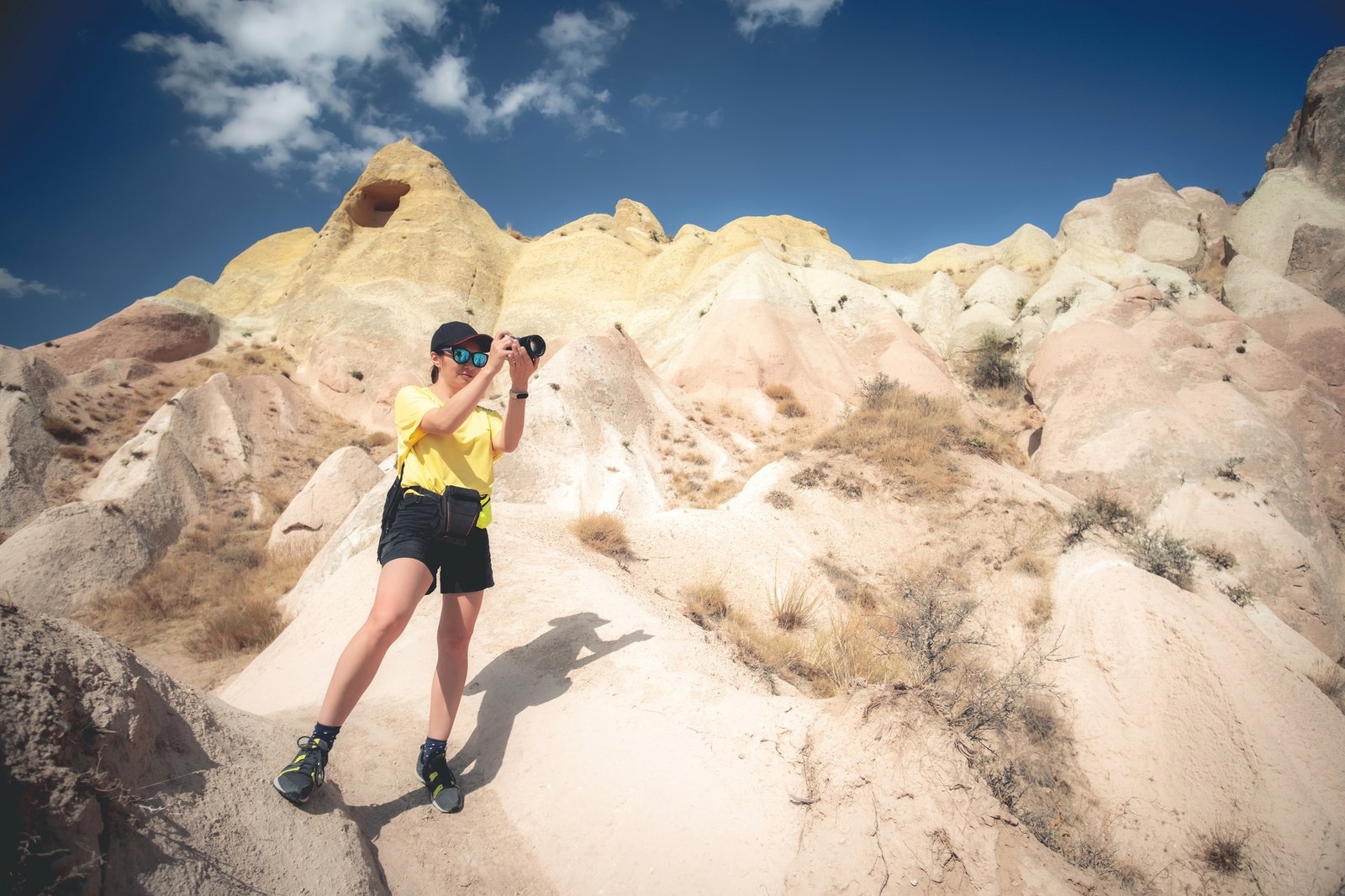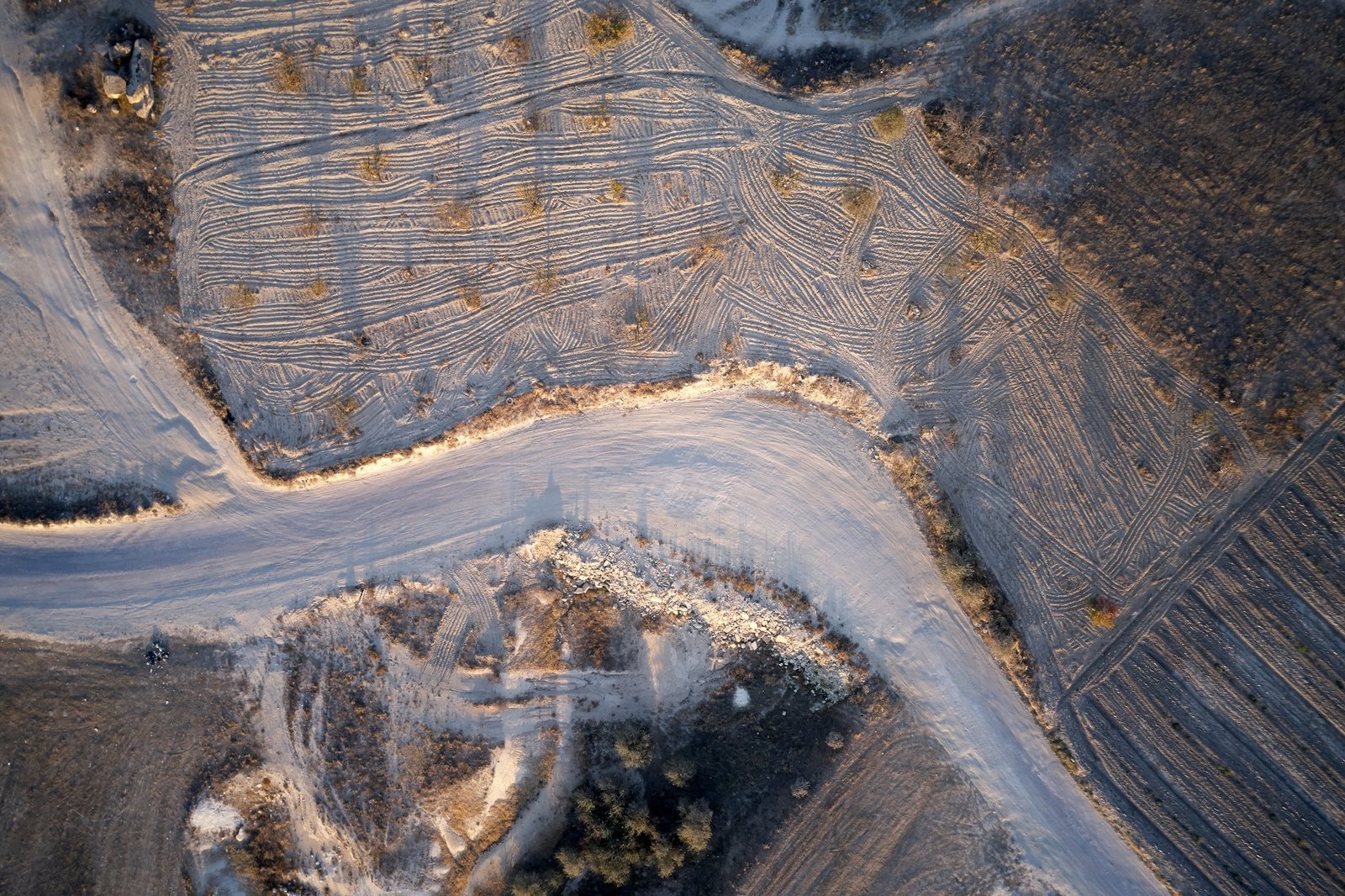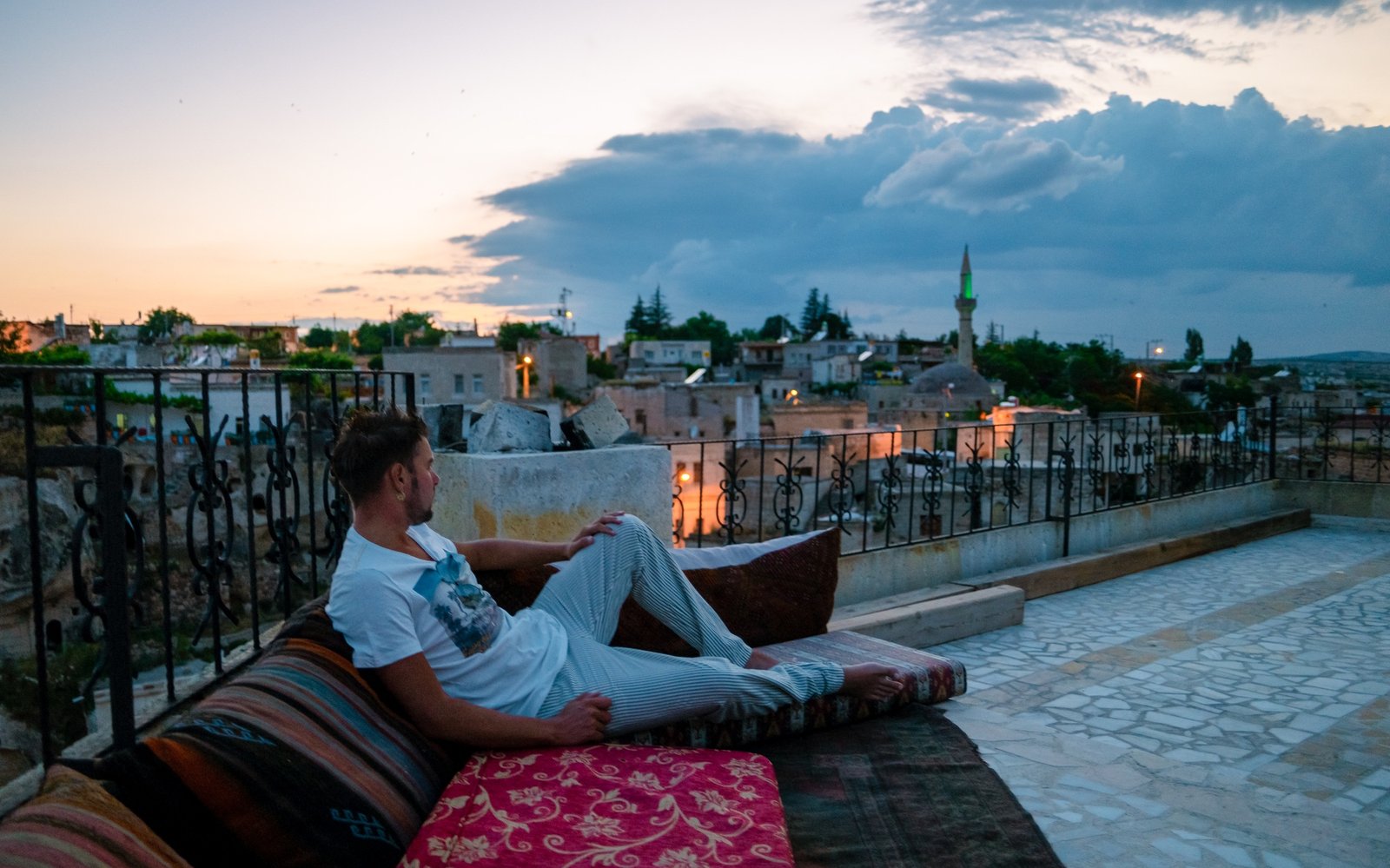If you’re planning a culinary adventure in Turkey, there’s one dish you absolutely must try while exploring the enchanting lands of Cappadocia—the Authentic Testi Kebab. This traditional Anatolian delight isn’t just a feast for your taste buds; it’s an experience that blends history, culture, and flavor like no other. Join us as we uncover what makes Testi Kebab such a standout dish and why it’s the ultimate dining experience for anyone visiting Cappadocia.
What Is Authentic Testi Kebab?
Authentic Testi Kebab is more than just a meal—it’s a spectacle. Originating from the central Anatolian region of Turkey, particularly Cappadocia, this dish is prepared with a unique cooking technique. The kebab is a mix of succulent meat (usually lamb or chicken), fresh vegetables, and aromatic spices, slow-cooked in a sealed clay pot called a “testi.” What sets it apart is the dramatic moment when the pot is cracked open at the table, revealing steaming, melt-in-your-mouth goodness.
The preparation method, along with the use of traditional potteries from the region, gives Testi Kebab its rich and unmatched flavor profile. It’s a dish that honors both the taste traditions and the craftsmanship of Cappadocia, making it an essential part of its cultural heritage.
The Story Behind Testi Kebab’s Unique Cooking Method
The history of Testi Kebab stretches back centuries when it was a staple for nomadic Turkish tribes. Nomads would gather fresh ingredients and prepare their meals in earthenware pots over campfires, a technique passed down through generations. Over time, this simple cooking method evolved into the sophisticated dish now served in Cappadocia’s best restaurants.
Today, the clay pots used for making this dish are crafted locally, often in the nearby town of Avanos, which is famous for its pottery. The pots play a crucial role in the dish’s authenticity, as they allow the ingredients to cook evenly, blending the flavors to perfection. This blend of ancient cooking practices and local craftsmanship is what gives the Authentic Testi Kebab its unique identity and taste.
Why You Should Try Authentic Testi Kebab in Cappadocia
Dining on Authentic Testi Kebab in Cappadocia isn’t just about savoring a delicious meal—it’s about immersing yourself in the culture and traditions of Turkey. Here’s what makes it so special:
1. A Unique Culinary Experience
One of the most memorable parts of eating Testi Kebab is the serving ritual. The clay pot is brought to your table, often sealed with dough to lock in the flavors. Your server will then break the pot with a flourish, allowing the aromas to fill the air. This theatrical presentation adds an exciting element to your meal, making it a perfect Instagram-worthy moment.
2. Unmatched Flavor and Ingredients
Authentic Testi Kebab uses locally sourced ingredients, ensuring freshness and quality. The combination of tender meat, tomatoes, peppers, onions, and Turkish spices creates a hearty dish that is both comforting and complex in flavor. The slow-cooking process infuses every bite with smoky, earthy notes that are hard to replicate elsewhere.
3. A Window into Cappadocian Culture
Cappadocia is a treasure trove of history, and its cuisine reflects the region’s rich heritage. By enjoying authentic Testi Kebab, you’re not only delighting in a delicious meal but also participating in a tradition that has been cherished for generations.
4. Perfect Pairing with Cappadocia’s Surroundings
Imagine enjoying a steaming pot of Testi Kebab under the starlit sky in Cappadocia, with its fairy chimneys and rugged landscapes as your backdrop. Pair it with a glass of local wine, and you’ve got an unforgettable dining experience.
Where to Find the Best Authentic Testi Kebab in Cappadocia
The good news is that Cappadocia is brimming with restaurants and eateries that specialize in this iconic dish. Here are some of the top places to enjoy it:
1. Saklı Konak
Located in the heart of Goreme, this charming restaurant is famous for its traditional Testi Kebab. The clay pots are broken at your table, ensuring an authentic and interactive dining experience.
2. Old Greek House
This historical restaurant in Mustafapaşa not only serves delicious Testi Kebab but also provides a cozy atmosphere with its antique décor and welcoming staff.
3. Seten Restaurant
Offering a fine-dining take on Cappadocian cuisine, Seten Restaurant is perfect for those seeking a more upscale experience. Their Testi Kebab is cooked to perfection, making it a highlight of their menu.
4. Ziggy’s Café
If you’re looking for a casual spot with a great vibe, Ziggy’s Café in Ürgüp delivers. Their Testi Kebab is a local favorite, complemented by a variety of mezze dishes and local wines.
Tips for the Best Testi Kebab Experience
- Order in Advance: Testi Kebab requires a long cooking time, so it’s a good idea to call ahead and place your order, especially in popular restaurants.
- Pair with Local Wine: Cappadocia is known for its excellent wines. Ask your server for recommendations to enhance your meal.
- Savor the Sides: Many restaurants serve Testi Kebab with Turkish rice, fresh salads, and warm bread. These sides perfectly balance the rich flavors of the dish.
- Don’t Skip Dessert: Finish your meal with a classic Turkish dessert like baklava or sütlaç (rice pudding) for the complete experience.
How to Try Testi Kebab at Home
If you’re not heading to Cappadocia anytime soon but want to try making Testi Kebab, you’re in luck. Many online stores offer Turkish clay pots, and the recipe is quite easy to follow. Just be sure to use fresh, high-quality ingredients to capture the authentic taste.
Here’s a quick recipe outline to get you started:
- Marinate chunks of lamb or chicken with olive oil, garlic, and Turkish spices like paprika, cumin, and black pepper.
- Chop vegetables such as tomatoes, onions, peppers, and zucchinis.
- Layer the meat and vegetables in a clay pot, seal it with foil or dough, and place it in a preheated oven.
- Bake at 350°F (175°C) for 2-3 hours, and break the pot open just before serving.
While it might not fully replicate the experience of dining in Cappadocia, it’ll still deliver a taste of Turkey to your home.
Savor the Authentic Testi Kebab Today
Whether you’re a culinary adventurer or a lover of rich, flavorful dishes, there’s no denying that Authentic Testi Kebab is a must-try. From its dramatic presentation to its mouthwatering taste, this Cappadocian specialty is a testament to Turkey’s vibrant food culture. If you find yourself wandering through the magical landscapes of Cappadocia, don’t miss the chance to indulge in this unforgettable dish.
For those at home, consider exploring Turkish recipes and bringing a piece of Cappadocia to your kitchen. Either way, the Authentic Testi Kebab promises to be an experience worth savoring.









